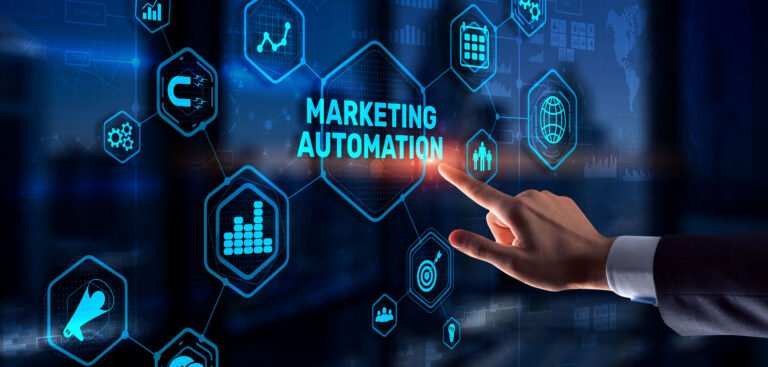Automation vs. Personalization: Striking the Right Balance in Marketing
Automation vs. Personalization: Striking the Right Balance in Marketing
Marketing today is a blend of technology and human connection. Businesses use automation to save time and scale their efforts, but customers expect personalized experiences that feel authentic.
So, how do you balance automation for efficiency and personalization for customer engagement? Too much automation can make your brand feel robotic, while too much manual personalization can be time-consuming and expensive. Let’s explore how businesses can find the right mix for better marketing results.
1. Understanding Automation in Marketing
Marketing automation involves using AI, software, and data-driven tools to:
- Send automated email campaigns
- Manage social media scheduling
- Personalize ad targeting
- Automate customer support with chatbots
Benefits of Automation:
✔ Saves time – Reduces manual tasks like email follow-ups.
✔ Scales marketing efforts – Handles large audiences without extra workload.
✔ Increases efficiency – Ensures timely responses and engagement.
However, relying too much on automation can make marketing feel impersonal if not done correctly.
2. Why Personalization Matters
Customers don’t want to feel like just another email subscriber. Personalization creates a sense of connection, making marketing messages more relevant and engaging.
How Personalization Boosts Marketing Success:
- Increases engagement – Personalized emails get higher open and click-through rates.
- Builds customer loyalty – People appreciate brands that understand their needs.
- Improves conversion rates – Tailored recommendations drive more sales.
However, scaling personalization manually is challenging—which is why automation needs to be blended with personalization.
3. How to Balance Automation & Personalization in Marketing
1. Personalized Email Automation
Use automation to send emails at the right time, but personalize them with:
✔ First names in subject lines
✔ Product recommendations based on past behavior
✔ Triggered emails (e.g., cart abandonment reminders)
Example: Instead of a generic email, send “Hey [Name], you left this item in your cart! Here’s a 10% discount.”
2. AI-Powered Chatbots with Human Support
Chatbots automate customer service but should feel conversational and human-like.
✔ Use AI to handle FAQs and basic inquiries.
✔ Offer live chat options when needed.
Example: Instead of “We’ll get back to you,” a chatbot can say, “Hi [Name], I see you’re looking for [Product]. Need help choosing?”
3. Smart Social Media Scheduling with Personalized Engagement
✔ Automate post scheduling to stay consistent.
✔ Personalize replies to audience comments and messages.
✔ Use AI analytics to post at the best times.
Example: Pre-schedule Instagram posts but personally reply to user comments instead of using auto-replies.
4. Dynamic Website Content for a Personalized Experience
✔ Show returning visitors custom product recommendations.
✔ Use geo-location to display region-specific offers.
✔ Personalize pop-ups based on user behavior.
Example: If someone frequently browses SEO services, show a homepage banner that says “Boost Your Rankings with Our SEO Strategy” instead of a generic message.
5. Automated Ads with Smart Targeting
✔ Run retargeting ads to remind visitors of products they viewed.
✔ Personalize ad creatives based on browsing behavior.
✔ Use AI to test and optimize ad performance.
Example: Someone watches a video about digital marketing—later, they see an ad offering a free SEO consultation.
4. Common Mistakes to Avoid
- Over-Automating Customer Interactions – If every response is robotic, customers feel ignored.
- Neglecting Data Quality – Poor data leads to irrelevant personalization.
- Ignoring Customer Feedback – Balance automation with real customer insights.
5. Best Practices for a Balanced Strategy
- Use automation to handle repetitive tasks while personalizing customer interactions.
- Segment audiences to ensure more relevant messaging.
- Monitor engagement metrics and adjust based on data insights.
- Blend AI-driven insights with human creativity for better storytelling.
Conclusion
Finding the right balance between automation and personalization is key to scalable and effective marketing. Businesses should use automation to enhance efficiency while ensuring that interactions feel authentic and customer focused.
Want to create a marketing strategy that balances automation and personalization? Contact Tera Creations for expert digital marketing solutions






